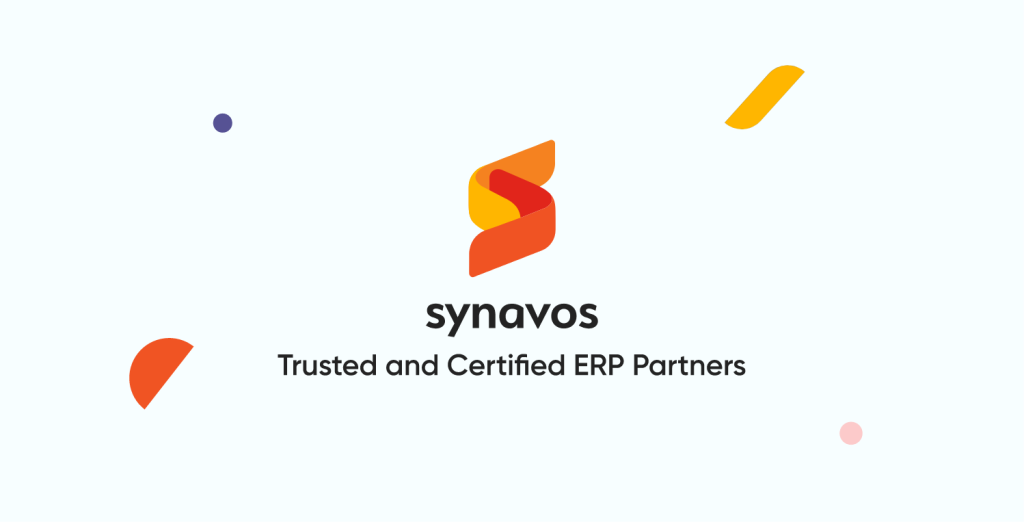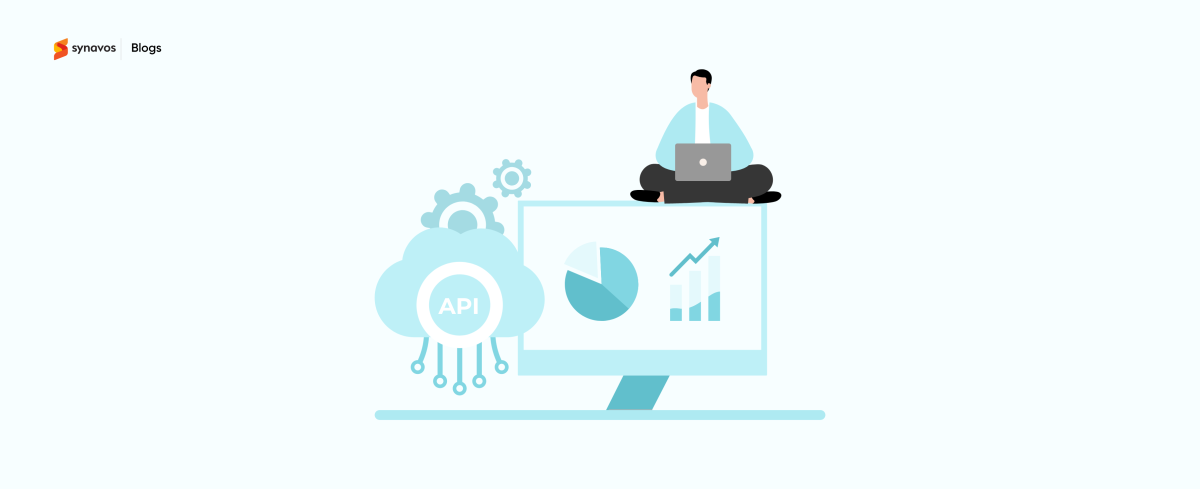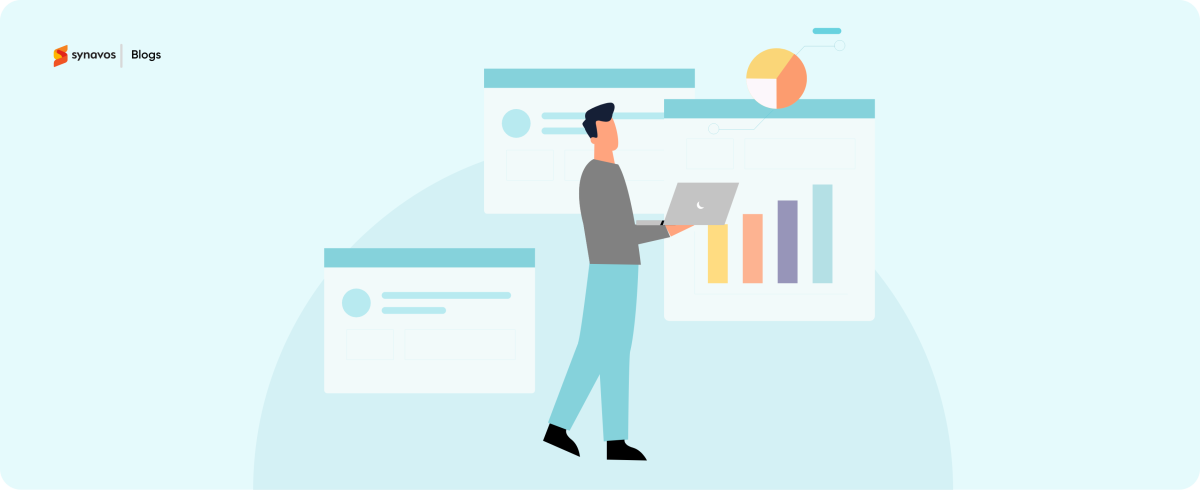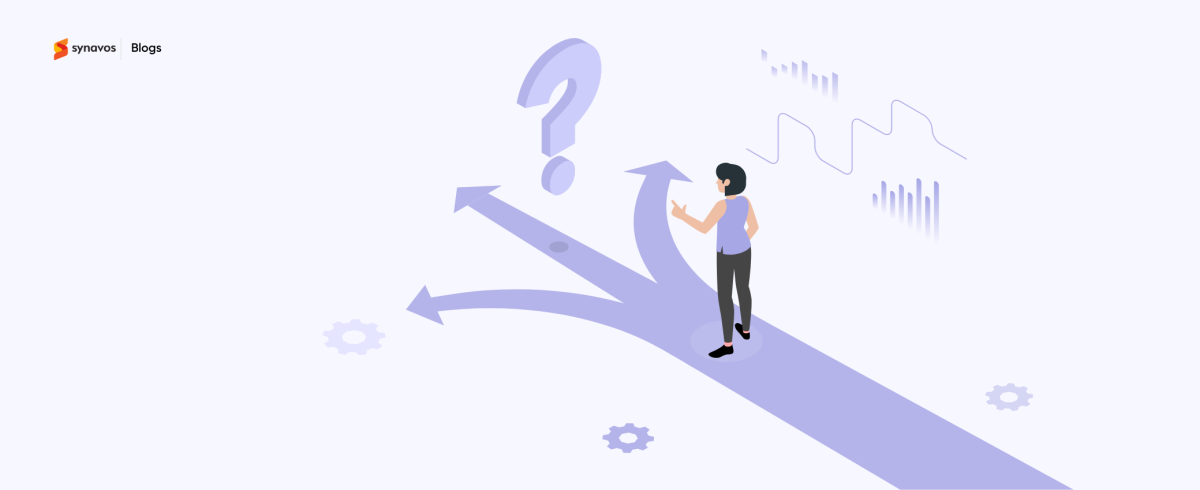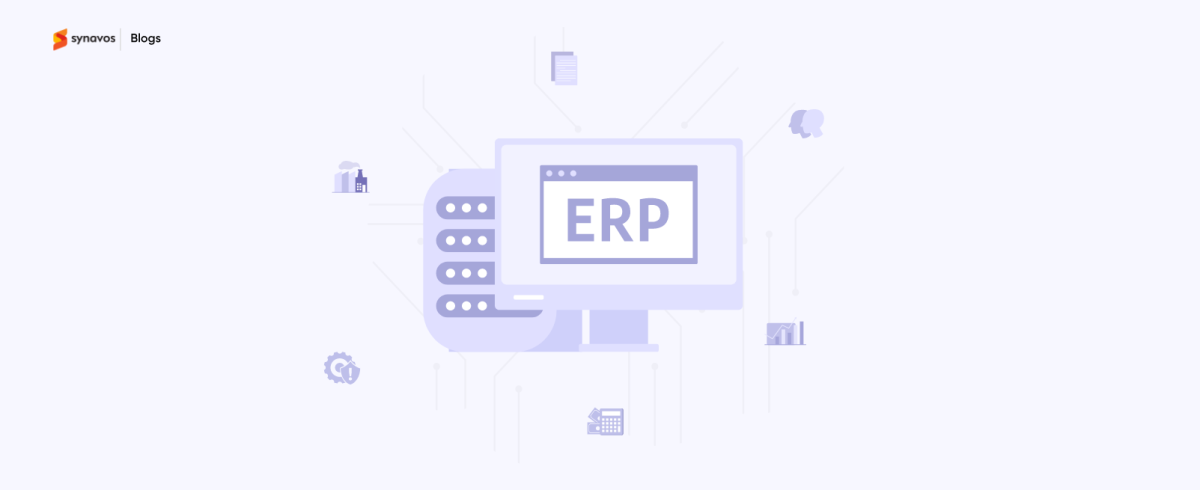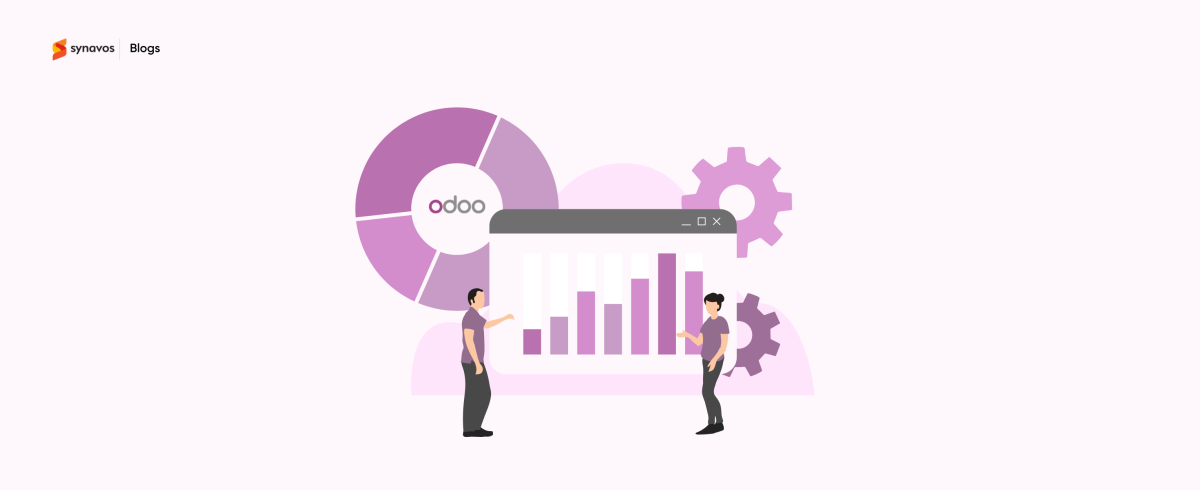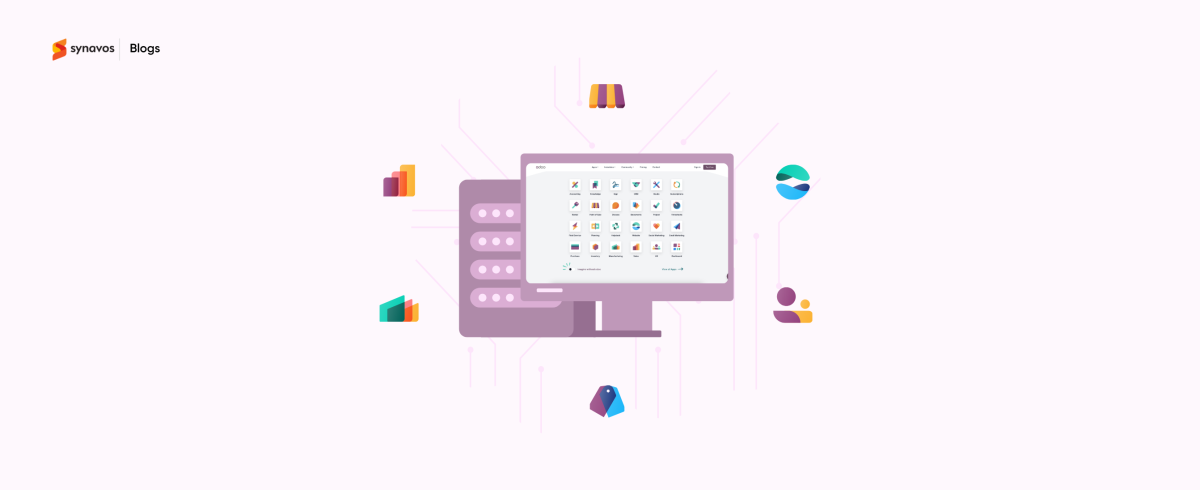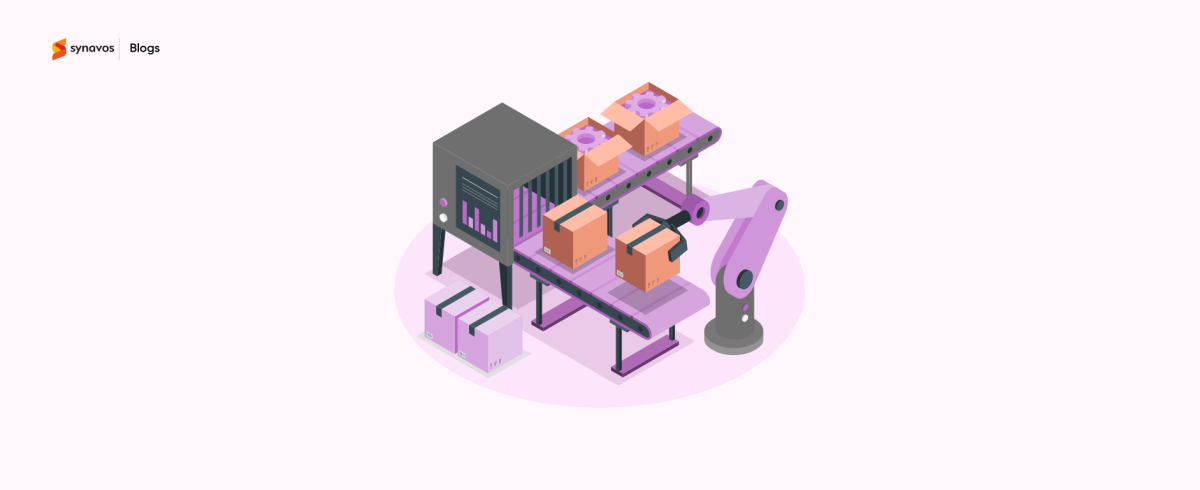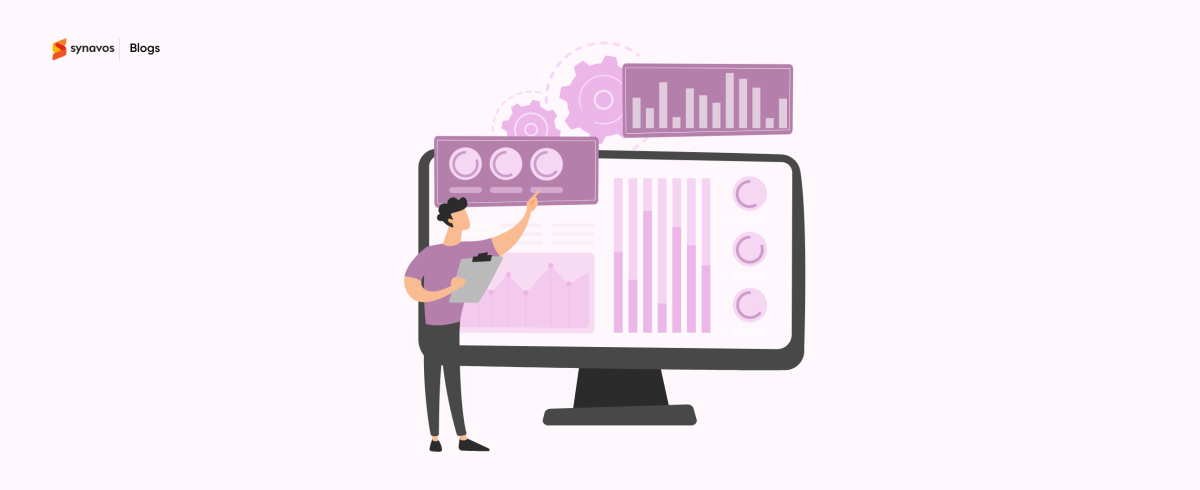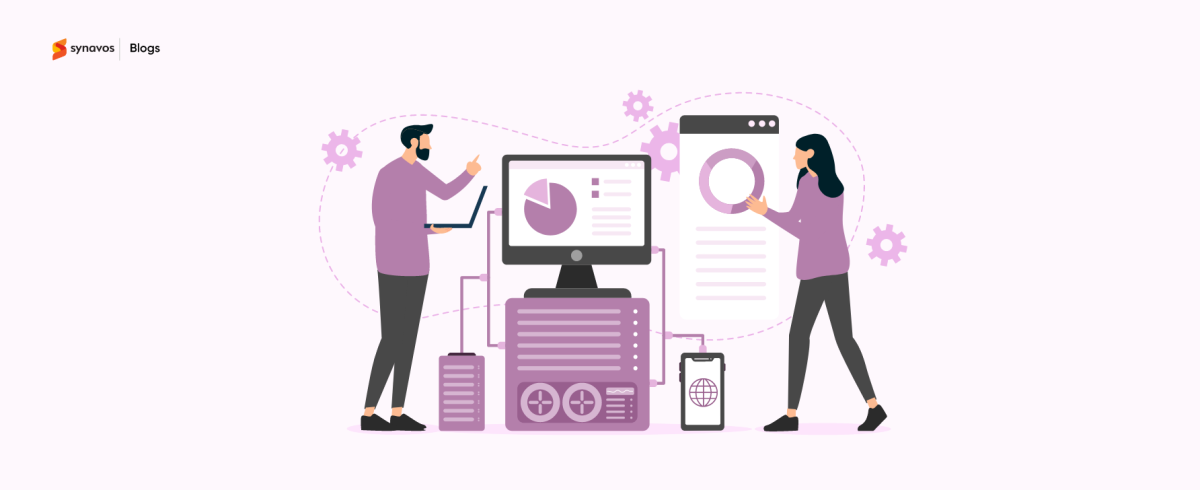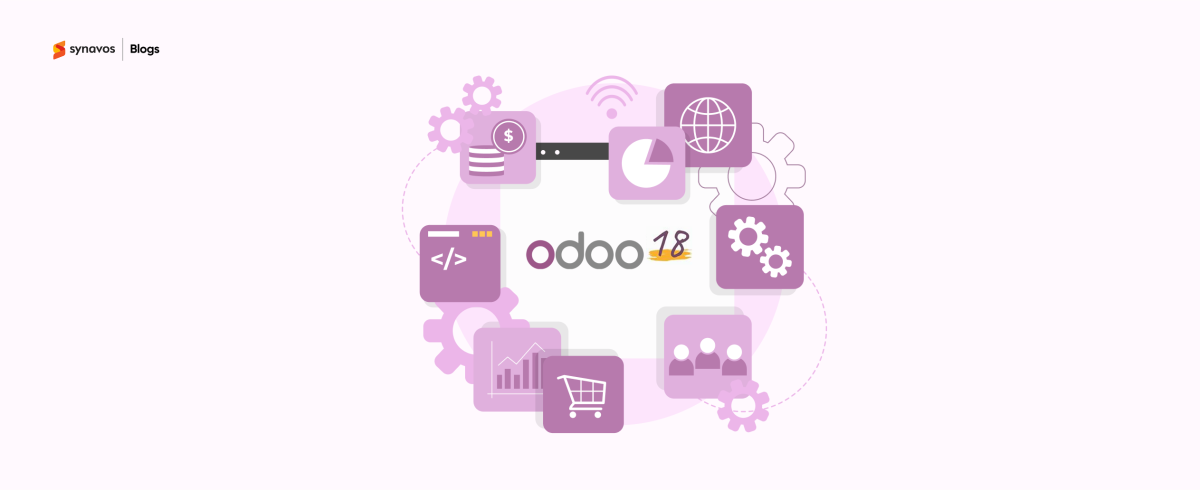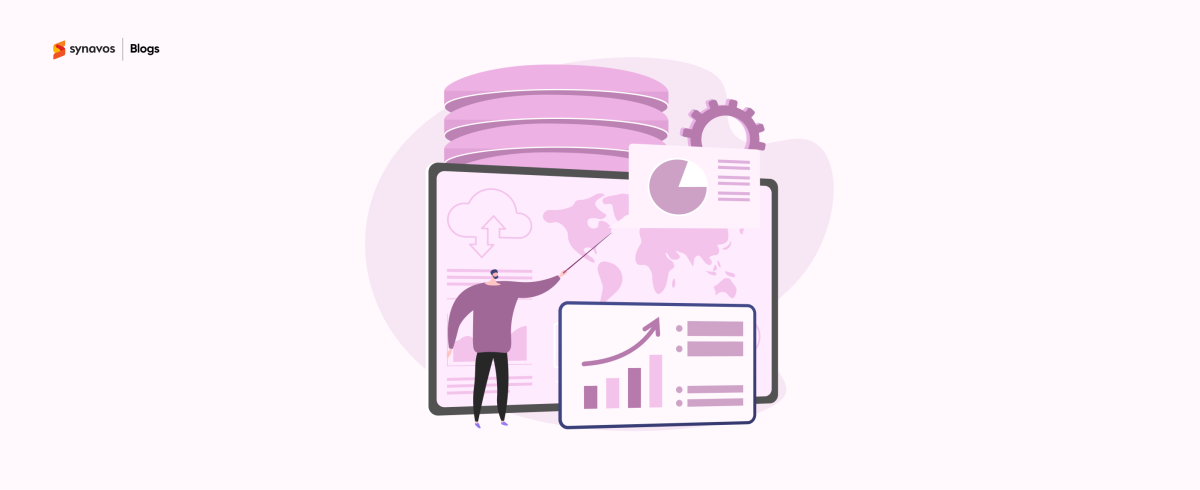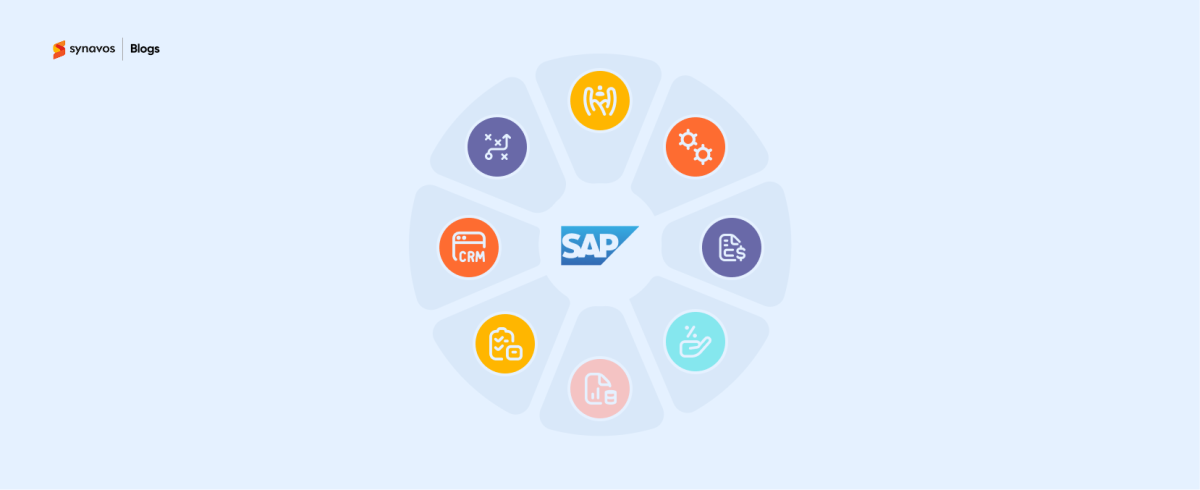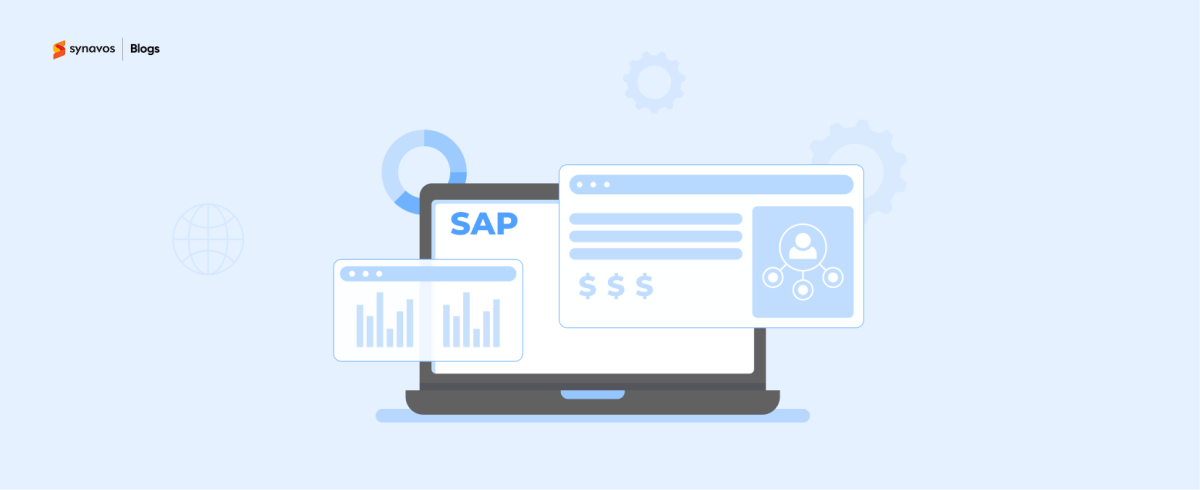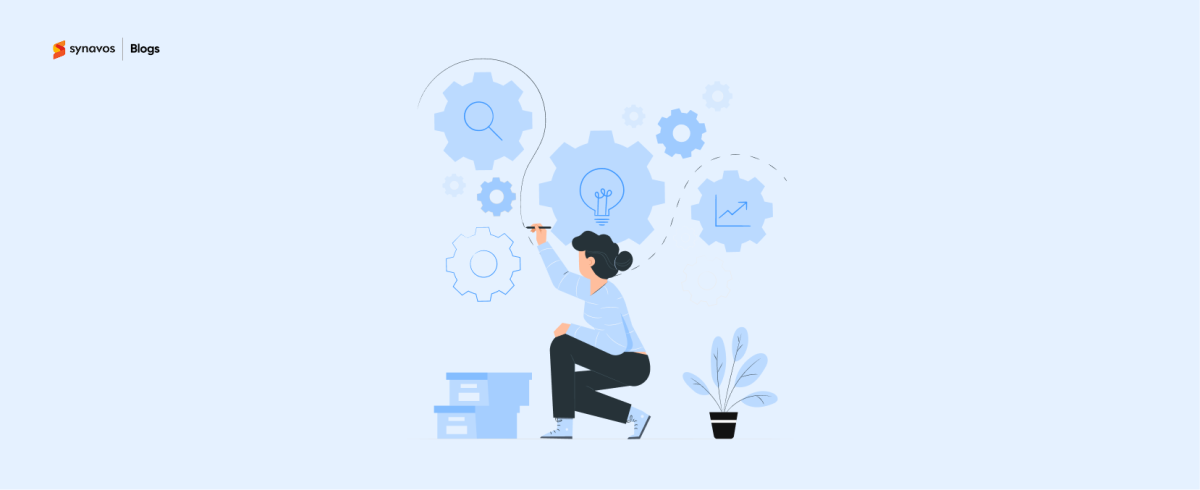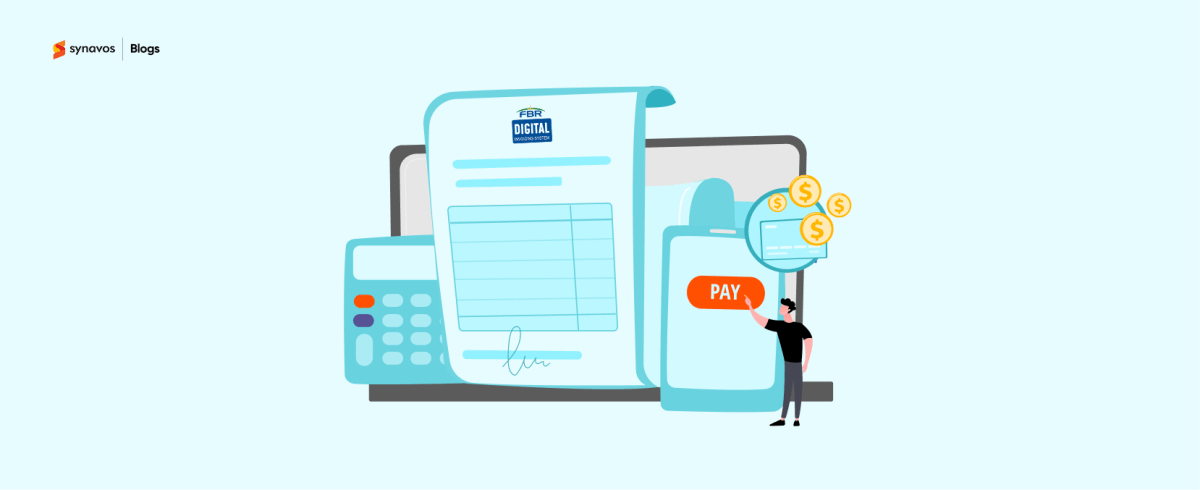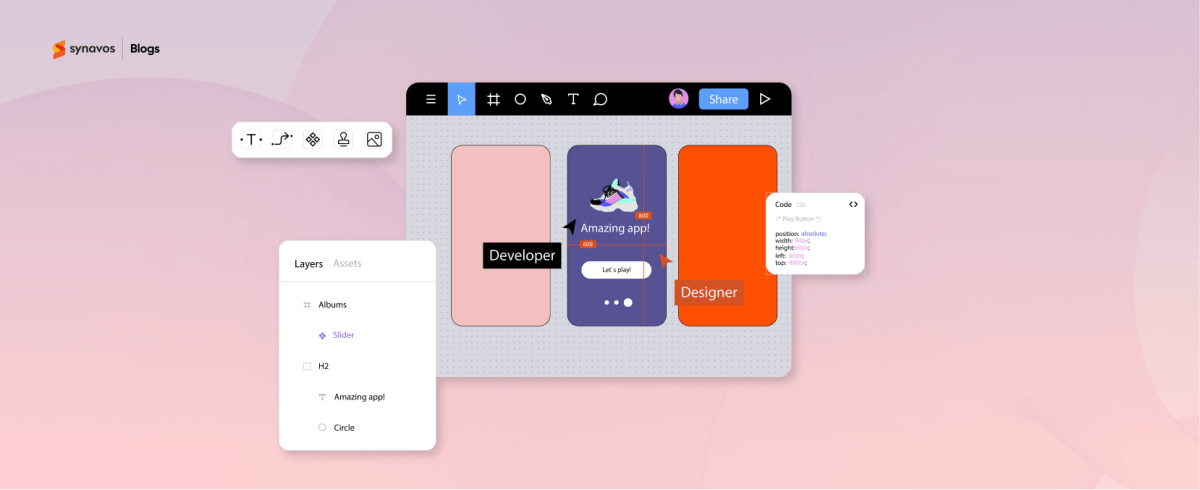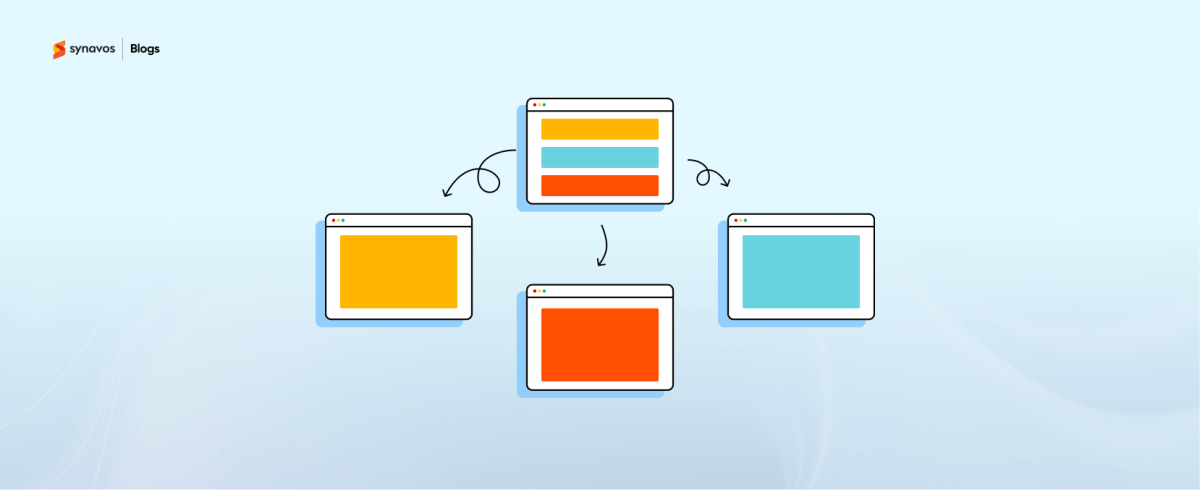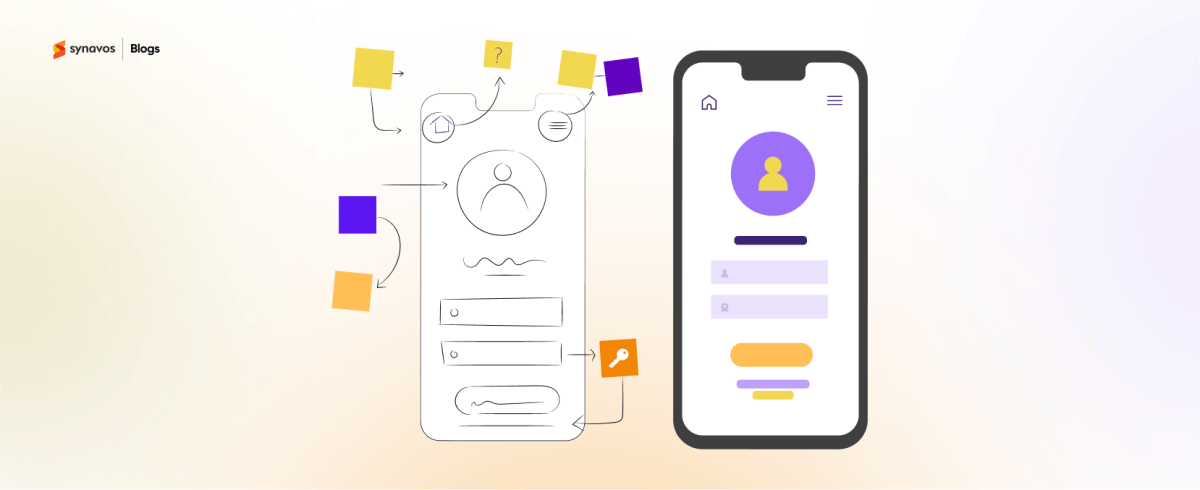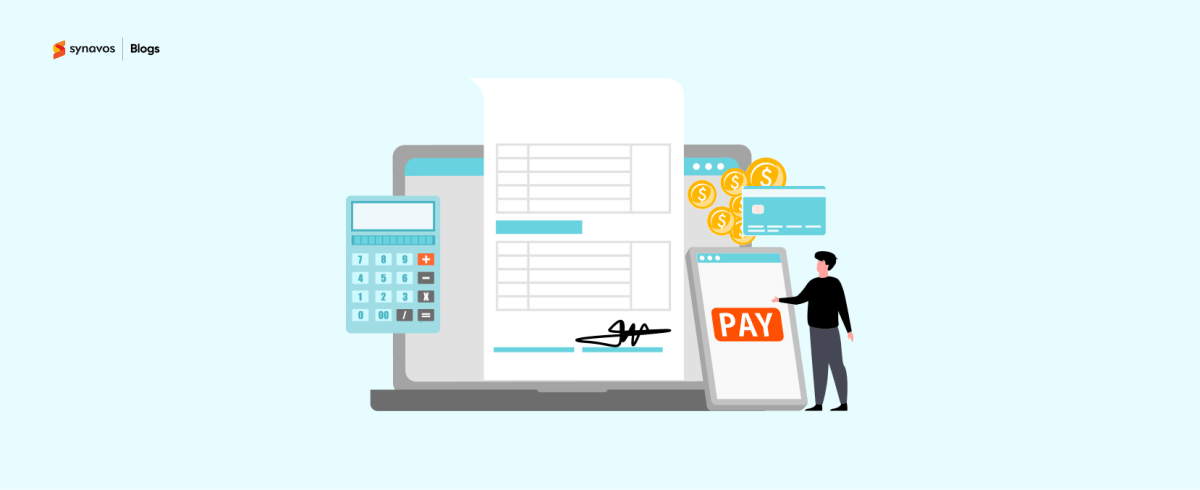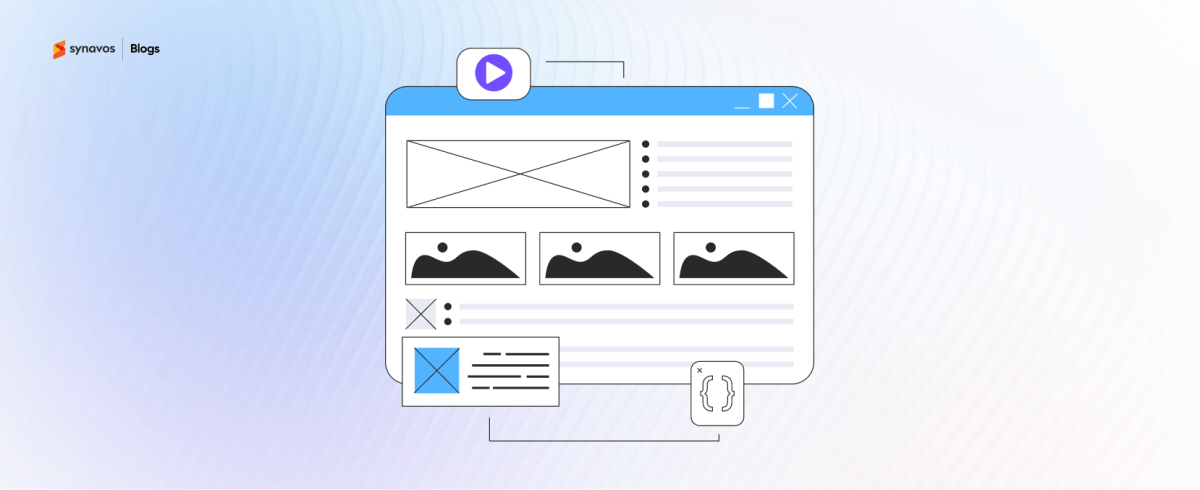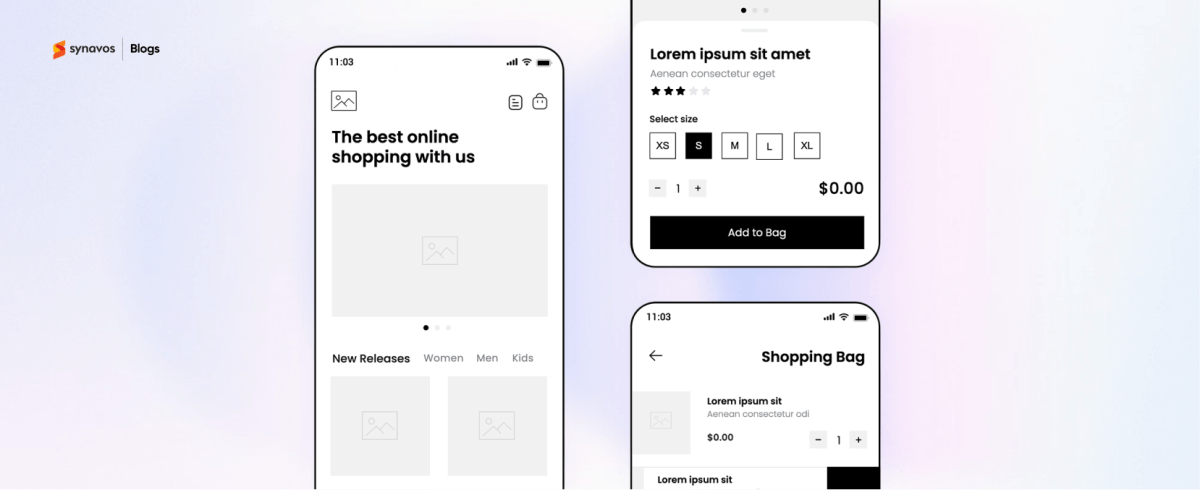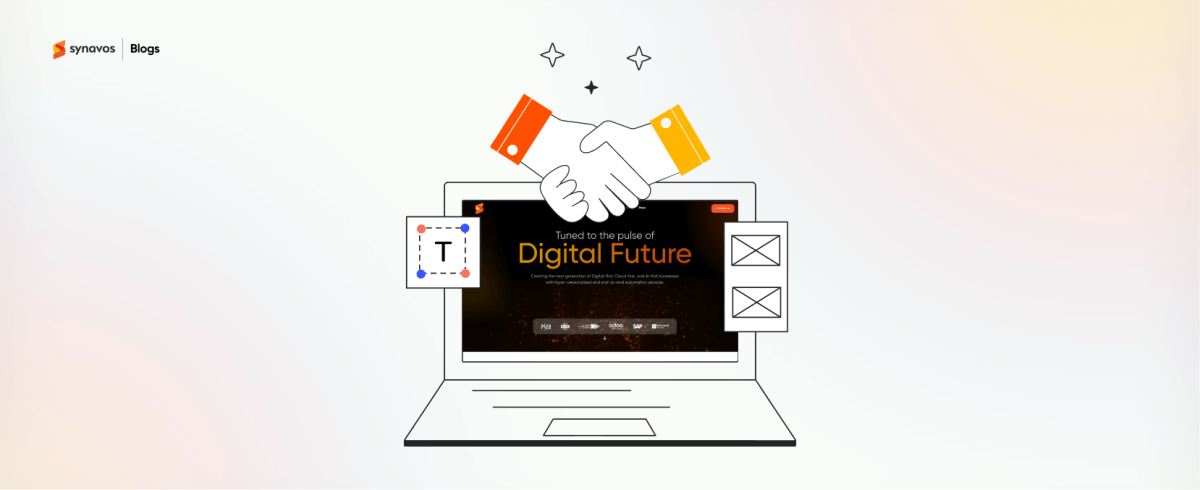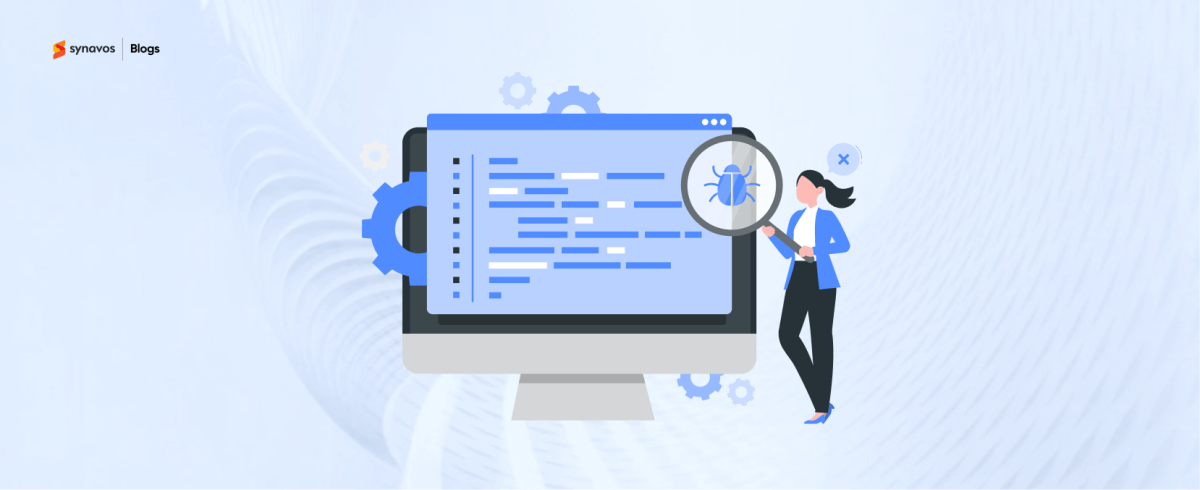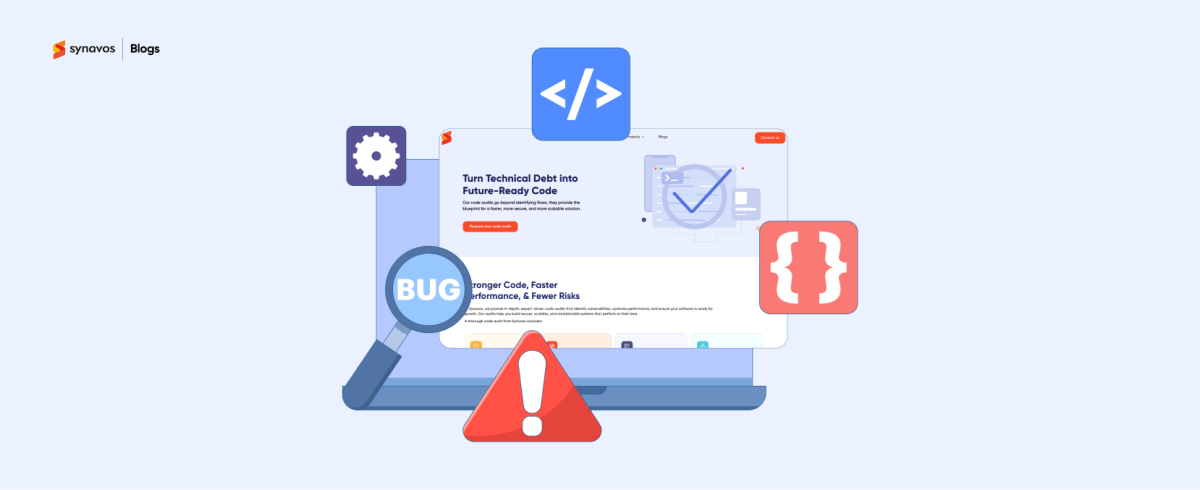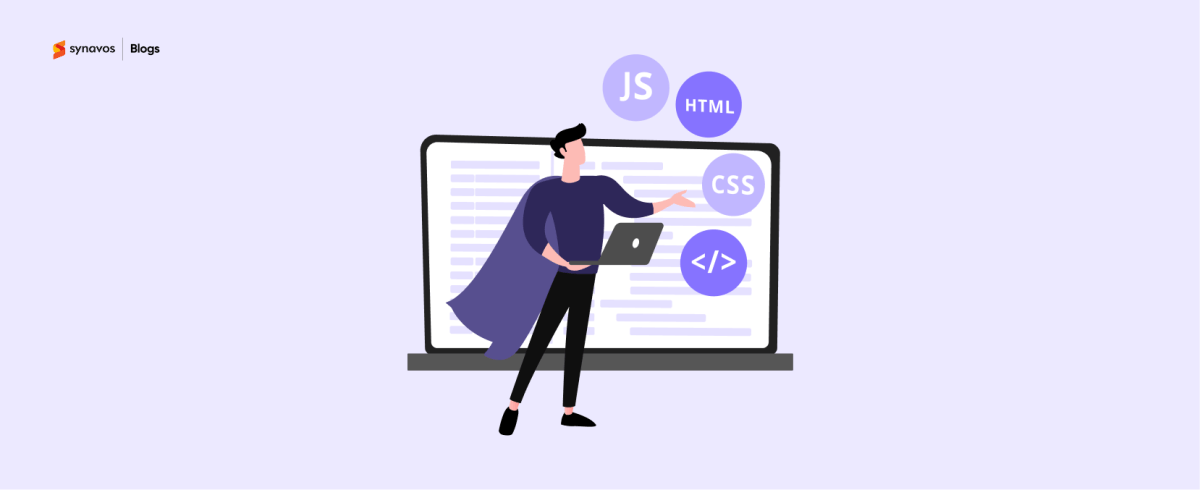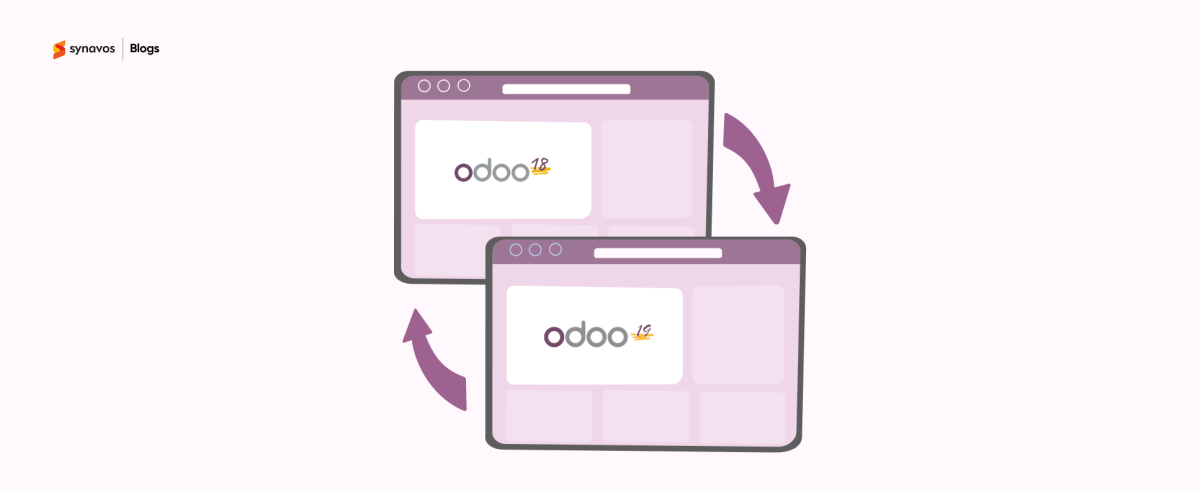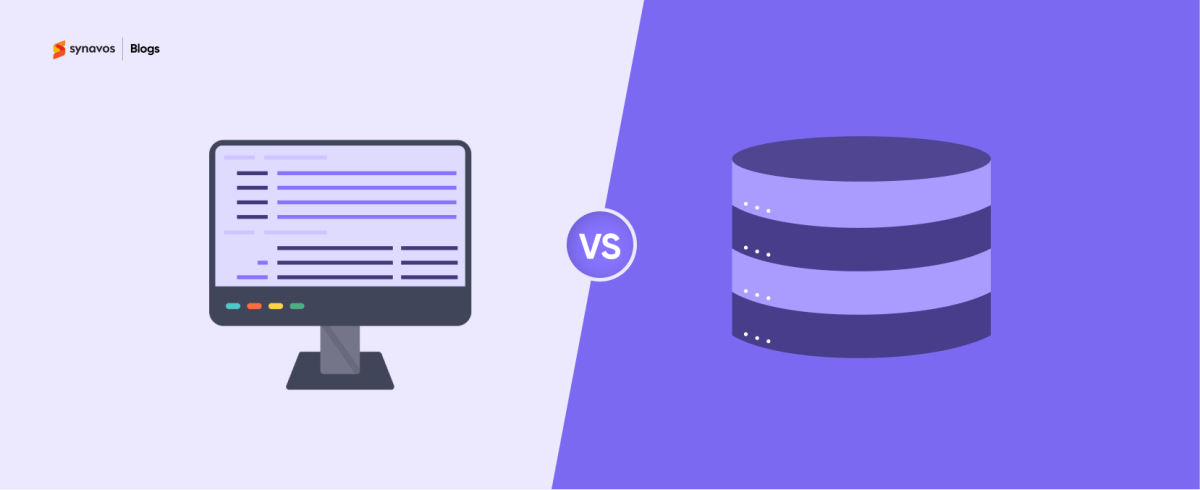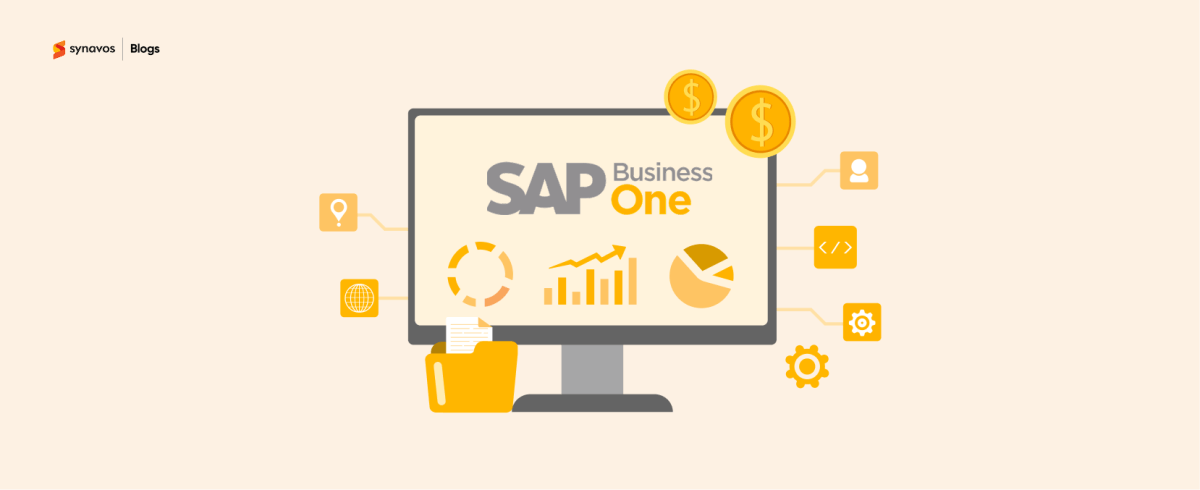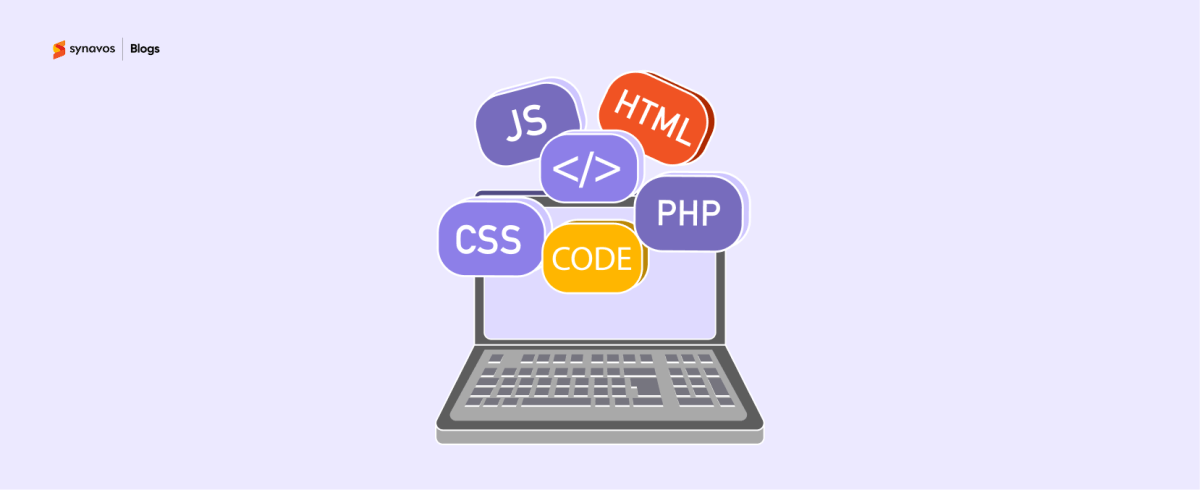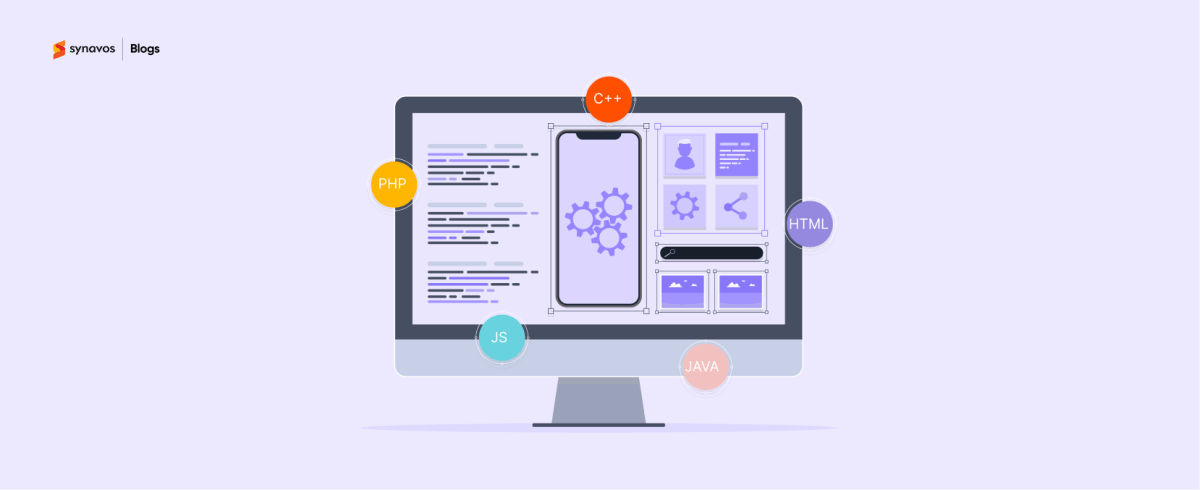As businesses scale, one of the biggest challenges they face is the lack of communication between their key systems. Modern organizations rely on a range of software applications, from ERP systems to customer relationship management (CRM) tools, but getting these systems to work together can often be a complex task. ERP API integration offers a streamlined solution by allowing different systems to communicate with each other to enable real-time data flow, increased automation, and improved business performance.
In this blog, we’ll break down everything you need to know about how ERP API integration works, its benefits, and how it can future-proof your business. Let’s begin!
What is ERP API Integration?
ERP API integration refers to the process of connecting an Enterprise Resource Planning (ERP) system with other business software or third-party applications using Application Programming Interfaces (APIs). This allows different systems, such as CRMs, e-commerce platforms, and accounting tools, to communicate directly with the ERP in real time. By ensuring smooth data flow, API integration reduces manual work, minimizes errors, and keeps information synchronized across all departments.
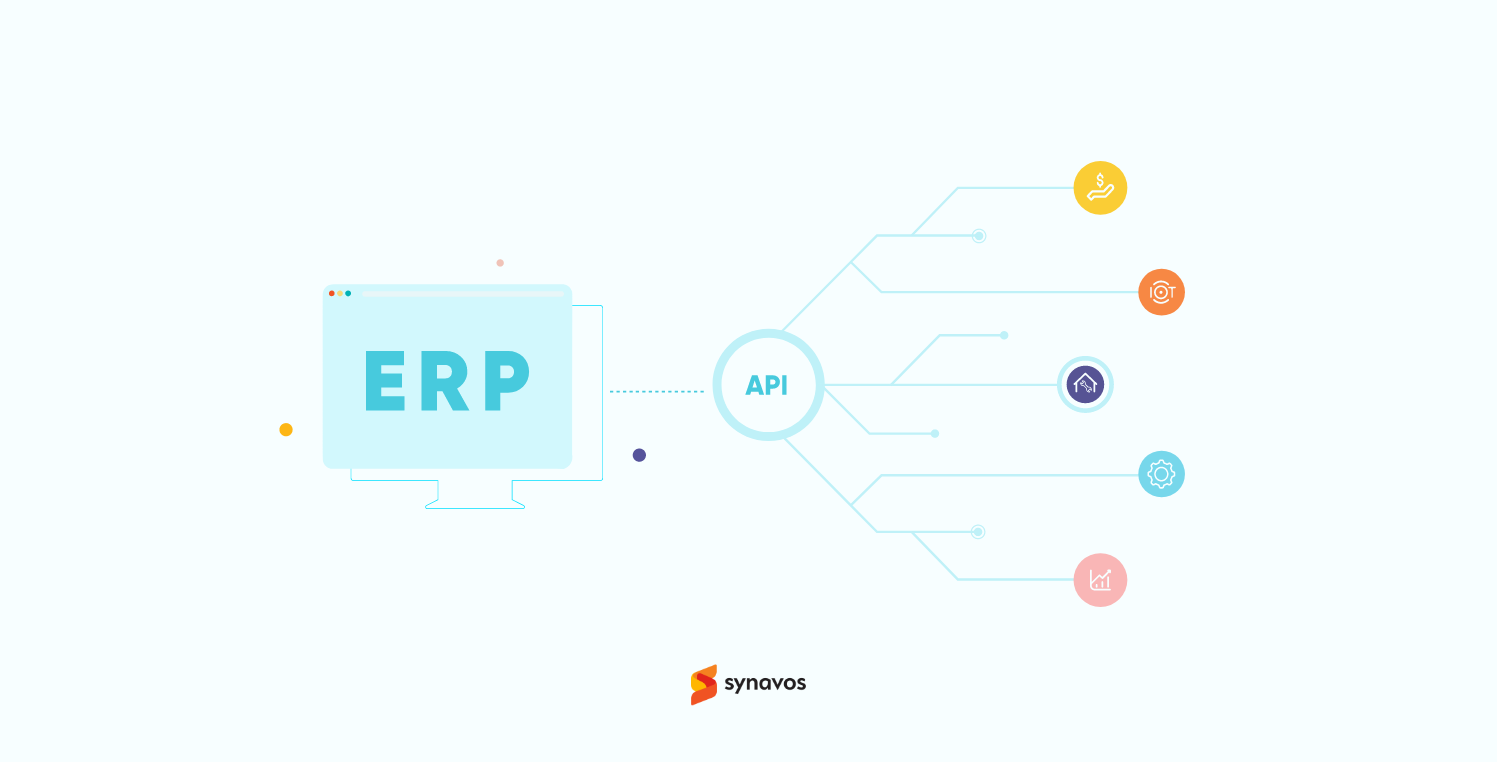
Key Components of ERP API Integration:
- ERP System: The core business management software that integrates various functions like finance, HR, supply chain, etc.
- APIs: Protocols and tools that define how software components should interact.
- External Applications: Other software systems that need to exchange data with the ERP (e.g., CRM, e-commerce platforms, etc.).
Benefits of ERP API Integration
Here is how businesses benefit from integrating their ERP system with other critical applications:
1. Enhanced Data Exchange and Synchronization
ERP API integration keeps your systems in sync by ensuring real-time data flow between the ERP and other business tools. Whether it’s a sales order or an inventory update, everything reflects automatically across platforms, which minimizes errors and saves time. With consistent, up-to-date information across departments, teams can make better decisions and stay aligned without constant back-and-forth.
2. Improved Efficiency and Productivity
Think about all the time spent entering the same data in multiple places. API integration automates this process, which means less manual work for your team. With systems talking to each other, tasks get done faster, and your employees can focus on more important activities. This boost in efficiency translates into better results for your business and allows you to serve your customers more effectively.
3. Expanded Functionality and Capabilities
API integration allows you to extend your ERP's capabilities without extensive custom development. It enables seamless connection with specialized third-party applications to create a best-of-breed solution tailored to your business needs. For example, you could integrate advanced analytics tools for deeper business insights, or connect a robust CRM system to enhance customer relationship management. This flexibility allows you to leverage cutting-edge technologies while maintaining a centralized ERP core.
4. Increased Scalability and Flexibility
As your business grows, ERP API integration provides the agility to adapt quickly. It allows you to easily incorporate new systems or modify existing processes as market conditions change or your company grows. Whether you're expanding into new markets, adding sales channels, or adapting to industry regulations, an API-integrated ERP system can accommodate these changes with minimal disruption. This scalability ensures your technology infrastructure can support your business strategy, both now and in the future.
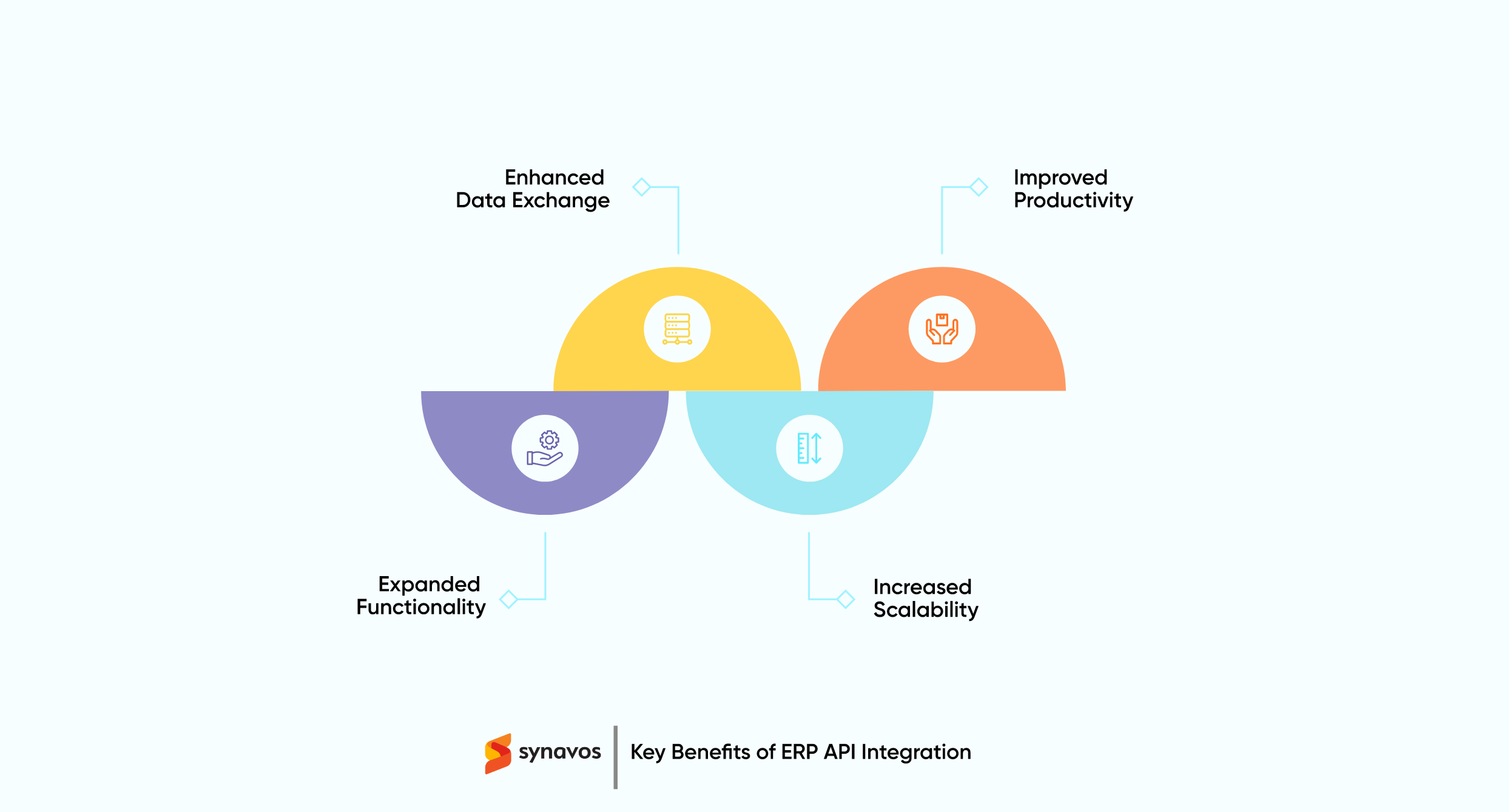
Common Uses Cases for ERP API Integration
Below are some real-world applications of ERP API integration across different business functions:
-
E-commerce Integration
ERP API integration connects your ERP system with e-commerce platforms like Shopify or WooCommerce. This ensures that orders, inventory levels, and customer data sync automatically. For example, when a product sells online, the stock updates instantly in the ERP, minimizing the risk of overselling. It also streamlines order fulfillment and provides real-time sales insights, giving businesses better control over their online operations.
-
CRM Integration
Integrating ERP with a Customer Relationship Management (CRM) tool helps align sales and customer service. APIs ensure seamless data exchange between the two systems—allowing customer interactions, purchase history, and orders to reflect in both platforms. This gives your sales team a 360-degree view of customers and helps deliver personalized services. The integration also improves lead tracking and sales forecasts, making it easier to nurture leads and close deals.
-
Supply Chain Management Integration
Supply chain integration allows your ERP system to communicate with vendors, logistics providers, and warehouses. APIs enable real-time tracking of shipments, inventory levels, and supplier performance. For example, when inventory runs low, your ERP can automatically trigger a purchase order to replenish stock. This visibility across the supply chain reduces bottlenecks, improves delivery timelines, and ensures your business always has the right amount of stock.
-
Financial Management Integration
ERP integration with financial software helps businesses manage their finances efficiently. APIs ensure that transactions, invoices, and payroll data flow smoothly between the ERP and accounting tools. This reduces the need for manual data entry, lowers the risk of errors, and ensures compliance with financial reporting standards. With up-to-date financial data in one place, businesses can generate reports quickly, monitor cash flow, and make informed financial decisions.

Steps to Implement ERP API Integration
Implementing ERP API integration is a thoughtful process that requires clear planning, precise execution, and ongoing care. Here’s a step-by-step guide to successfully linking your ERP system with other business tools:
1. Planning and Assessment
The first step is to assess your business processes and identify the systems that need to be connected with the ERP. This phase is about defining specific goals, whether it’s improving data accuracy, streamlining workflows, or increasing visibility across operations. During this stage, it’s crucial to involve both technical and business teams to align objectives. A solid plan at this stage lays the groundwork for a smooth integration and helps avoid complications later on.
2. API Development and Testing
Once the plan is finalized, developers build or configure APIs that act as bridges between the ERP and other systems. APIs ensure that data flows correctly and securely between platforms. After development, thorough testing is conducted to identify and resolve bugs. This step is essential to ensure everything functions properly. Testing helps validate that each system can communicate as intended and that no data is lost or mishandled during the exchange.
3. Integration and Compliance
With APIs built and tested, the next step is implementing the integration. This involves configuring each system, mapping data fields accurately, and setting access permissions. Ensuring compliance is a critical part of this phase, especially in industries dealing with sensitive information. Businesses need to follow industry-specific regulations and data privacy laws to avoid legal risks. Proper integration makes sure systems communicate without conflicts and safeguards data integrity.
4. Ongoing Maintenance and Support
Once your ERP API integration is complete, the work doesn’t stop there. As software systems evolve, regular maintenance is needed to update APIs and keep everything compatible. Monitoring tools can help detect any disruptions early and ensure smooth data flow. Having a dedicated support team ensures that any issues are quickly resolved, minimizing downtime. Ongoing maintenance helps businesses get the most value from their ERP integration to keep operations efficient and up-to-date.
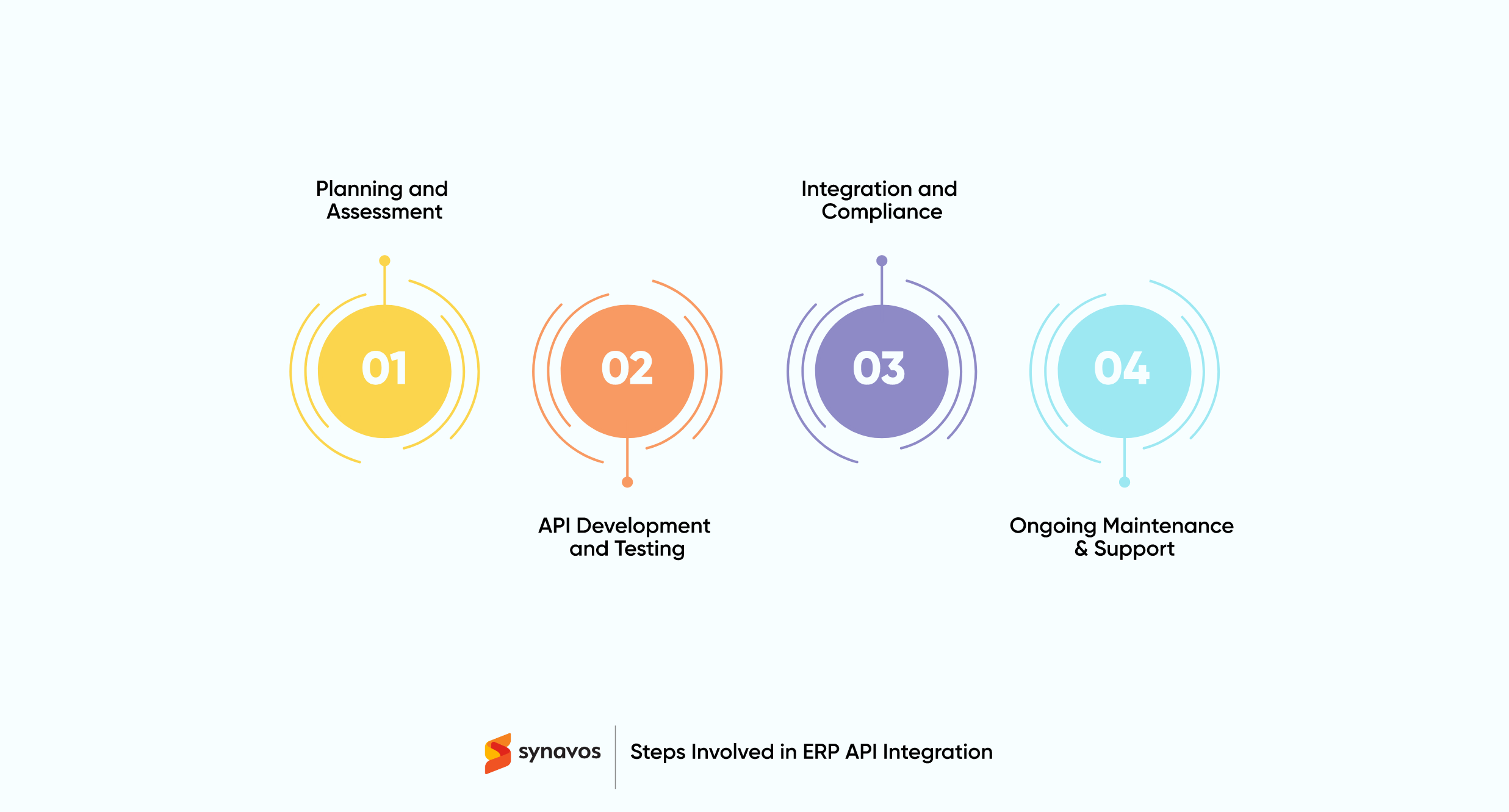
Best Practices for ERP API Integration
Following best practices ensures your ERP API integration stays secure, accurate, and effective over time:
-
Prioritize Security
Security should be a top priority when integrating APIs with your ERP system, especially if sensitive data is involved. Use encryption, token-based authentication, and role-based access control to prevent unauthorized access. Regularly update APIs to patch vulnerabilities, and conduct security audits to ensure compliance with industry regulations. A secure integration not only protects your data but also builds trust with stakeholders and customers.
-
Ensure Data Accuracy
Accurate data is the backbone of successful ERP integration. Map data fields carefully to ensure consistency across systems and reduce the risk of errors. Automate data validation processes where possible to prevent faulty or missing information from entering the system. Regular synchronization between the ERP and connected applications helps keep records updated and ensures that reports and insights remain reliable for business decisions.
-
Continuous Monitoring and Improvement
ERP API integration isn’t a one-and-done process. Continuous monitoring helps detect any disruptions in data flow early and ensures smooth operations. Use analytics tools to track system performance and identify areas that could be optimized. Regular updates and enhancements to APIs keep them aligned with evolving business needs and software changes. Ongoing improvements ensure the integration continues delivering value over the long term.
Future Trends in ERP API Integration
The future of ERP integration lies in smarter technologies and more flexible solutions—let’s explore what’s coming.
-
Increased Use of AI and Machine Learning
As we look to the future, one exciting trend is the rising use of AI and machine learning in ERP API integration. These technologies are transforming how businesses operate by enabling smarter decisions based on data. According to a recent study by Mckinsey, AI can increase productivity by up to 40%. For example, an AI-driven ERP can analyze sales patterns and suggest optimal stock levels to help companies avoid both overstocking and stockouts.
Furthermore, machine learning algorithms can continuously learn from new data to improve their accuracy over time. This means businesses can adapt more quickly to changing market conditions and consumer preferences. As these technologies become more accessible, we can expect them to become integral to how businesses operate and enhance efficiency as well as decision-making across the board.
-
Cloud-Based ERP API Integration
Another significant trend is the shift toward cloud-based ERP API integration. The global cloud ERP software market is projected to be worth $40.5 billion by 2025, growing at a compound annual growth rate (CAGR) of 13.6%. This trend reflects a growing recognition of the benefits cloud solutions offer—flexibility, scalability, and cost-effectiveness.
With cloud-based integration, businesses can easily connect their ERP systems to various applications and enable real-time data access from anywhere in the world. Imagine your sales team in one location accessing inventory data in real-time while making a pitch to a potential customer. As a result of this level of collaboration, efficiency can be greatly enhanced and customer service can be greatly improved.
Synavos - ERP API Integration Experts
At Synavos, we specialize in helping businesses seamlessly integrate their ERP systems with other applications using advanced API solutions. Book a free consultation with Synavos’ experts today and take the first step toward a fully integrated, efficient business system!
